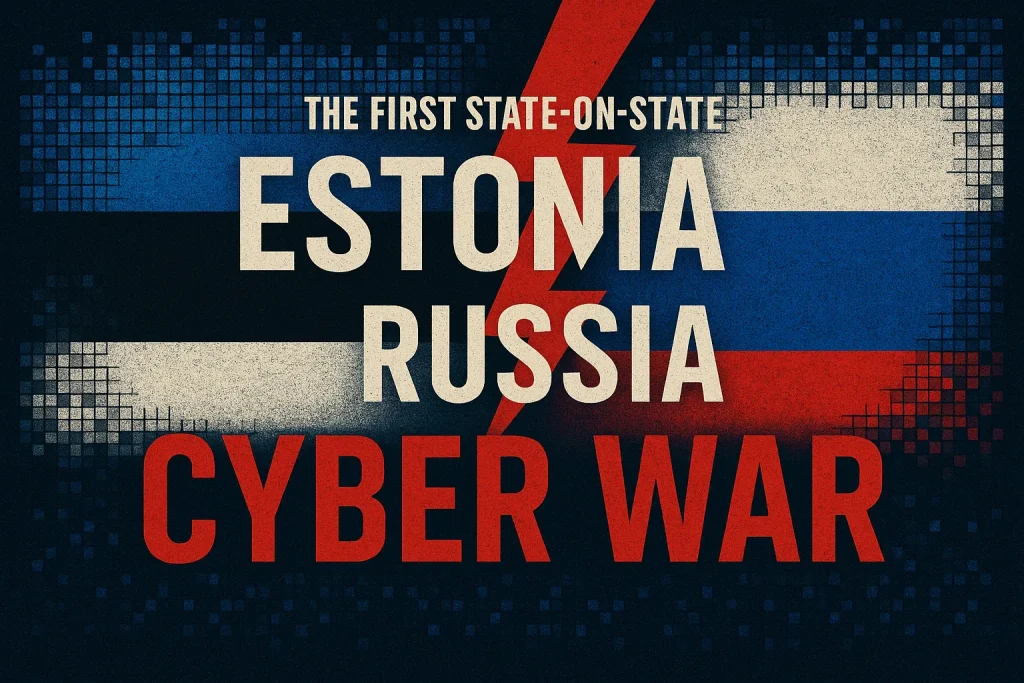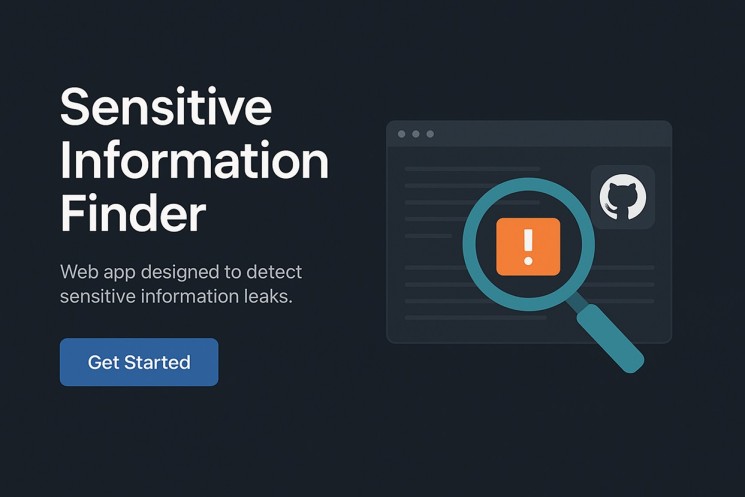Introduction: The Deam’s First Cyber Attack
Imagine this: The Deam, not a hacker, not even a tech whiz, sits at his computer, hands shaking with fear, hesitation, and excitement. He’s about to do something big—something revolutionary, something illegal. This isn’t your usual gaming session; this is the beginning of a cyberwar. With a few clicks, a flood of data surges toward a server thousands of miles away. The Deam has unwittingly joined an army, and together, they’ve started the first full-scale cyberwar ever recorded. But how did this all begin? Let’s dive into the story of Estonia’s digital battlefield.
Estonia: A Tiny Country, A Huge Target
Estonia, a small northern European country the size of Ohio, became the unlikely epicenter of the first state-on-state cyberwar. In 2007, this peaceful, digital-forward nation found itself under attack. Why? Well, Estonia had been making some serious strides in digitizing everything from banking to taxes, a bold move for a country that had just gained independence from the Soviet Union.
While some saw this as progress, others, like Constantine Galaskov, a young Russian politician, saw it as an opportunity for disruption. You see, Estonia wasn’t just modernizing; it was erasing traces of its Soviet past. One particularly touchy subject? A Soviet statue in Tallinn, the capital, which Galaskov used as a rallying point for his cause.
The Spark: A Soviet Statue and Cyber Havoc
On April 26th, 2007, the Estonian government decided to move the Soviet statue, a relic from the past that had become a symbol of division. Galaskov saw this as a chance to stoke the flames of discontent. He knew that the Russian minority in Estonia could be manipulated to create chaos. How? By spreading misinformation and calling people to action through the forums.
Galaskov’s Nasi movement—a pro-Russian youth group—posted simple code snippets online, asking people to flood Estonian websites with millions of requests. At first glance, this seemed harmless. But the code triggered a massive DDoS attack, which sent Estonian servers crashing down one after another.
The Attack: How a Simple Code Became a Digital War
The Ping Floods
The Deam wasn’t the only one who clicked on the code. Thousands of people across Russia, unaware of the full extent of their actions, launched a simple denial-of-service attack. The result? Estonia’s digital infrastructure started to crumble. Websites went down. Government systems were paralyzed. But this was just the beginning.
The Botnets: The Real Weapons of the War
A DDoS attack is easy to deal with—usually. But then came the botnets. Botnets are networks of infected devices that work together to launch more sophisticated attacks. This wasn’t just random pings anymore. These were precise, coordinated efforts to jam servers for weeks. No firewall could keep up with this level of attack.
And just when things couldn’t get worse, skilled hackers joined the fray, breaking into Estonian sites, injecting malicious code, and sending phishing emails. The result? A perfect storm of chaos, aimed squarely at a country that was just trying to modernize.
The Chaos: A Nation Paralyzed
While the DDoS attacks were taking down websites, the real world was catching fire. Riots broke out across Estonia, and the country was in chaos. This wasn’t just a digital attack—it was hybrid warfare at its finest. As servers crashed and emergency services were under attack, Estonia’s citizens were left in the dark.
But as bad as it seemed, the attacks were not without their lessons. Estonia’s government quickly adapted, beefing up its cybersecurity defenses and implementing measures to protect its critical infrastructure. And while the attacks caused huge disruption, they didn’t bring down the country.
The Fallout: Lessons Learned from the Cyber Attack
In the aftermath, Russia denied any involvement in the attack. But as the dust settled, it became clear that the attack had been orchestrated by the Russian government. Sergey Markov, a member of the Russian parliament, later admitted that the attack had been planned by his aide, Galaskov. This was the first known instance of government officials launching a cyberattack against another state.
The lesson? Cyber warfare is real, and it’s here to stay. Estonia became a global leader in cybersecurity, sharing its experience with the world and advocating for better digital defense systems. The world had learned that cyberattacks could no longer be ignored.
Conclusion: A New Era of Cyber Warfare
In 2007, the world witnessed the birth of cyberwarfare. Estonia, a small country with a big digital footprint, became the target of the first-ever state-on-state cyberattack. It wasn’t just a technological attack—it was a political one, designed to destabilize a nation’s sovereignty.
And as we look forward, we see echoes of this attack in future cyber incidents, like the infamous NotPetya attack. Cyber warfare is evolving, and nations are learning to adapt. But for now, the lessons of Estonia still ring loud and clear: never underestimate the power of a simple line of code.


